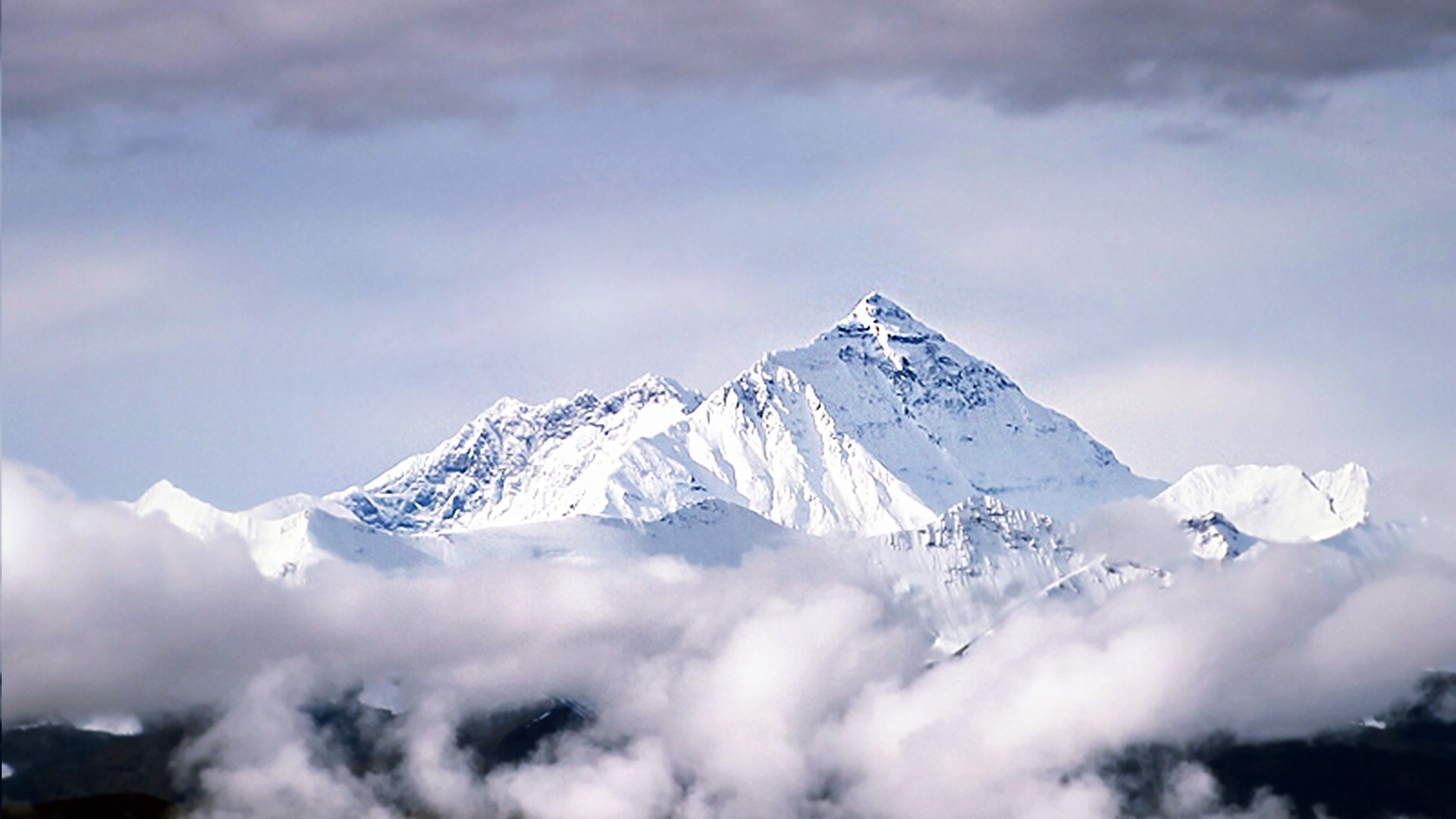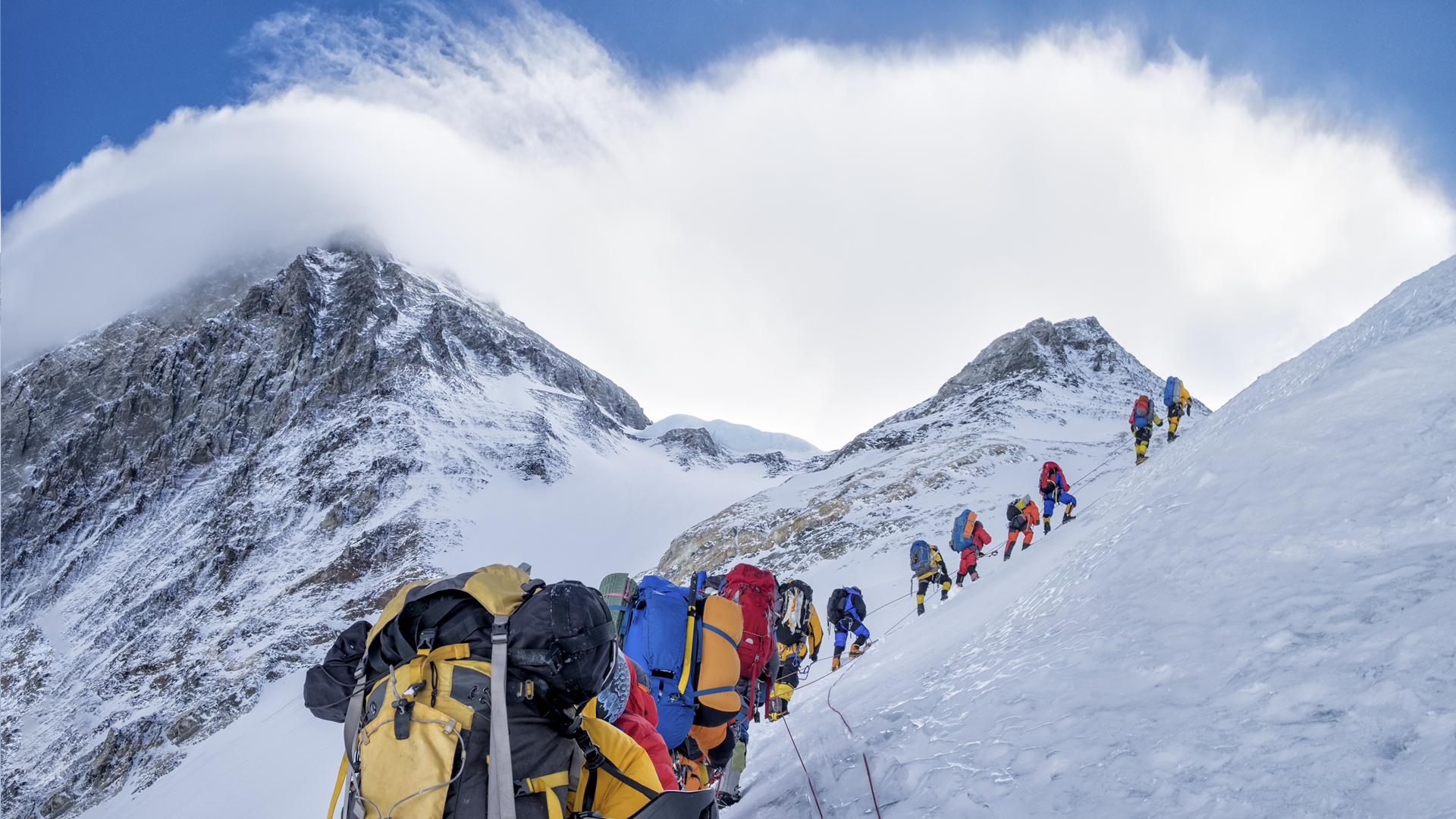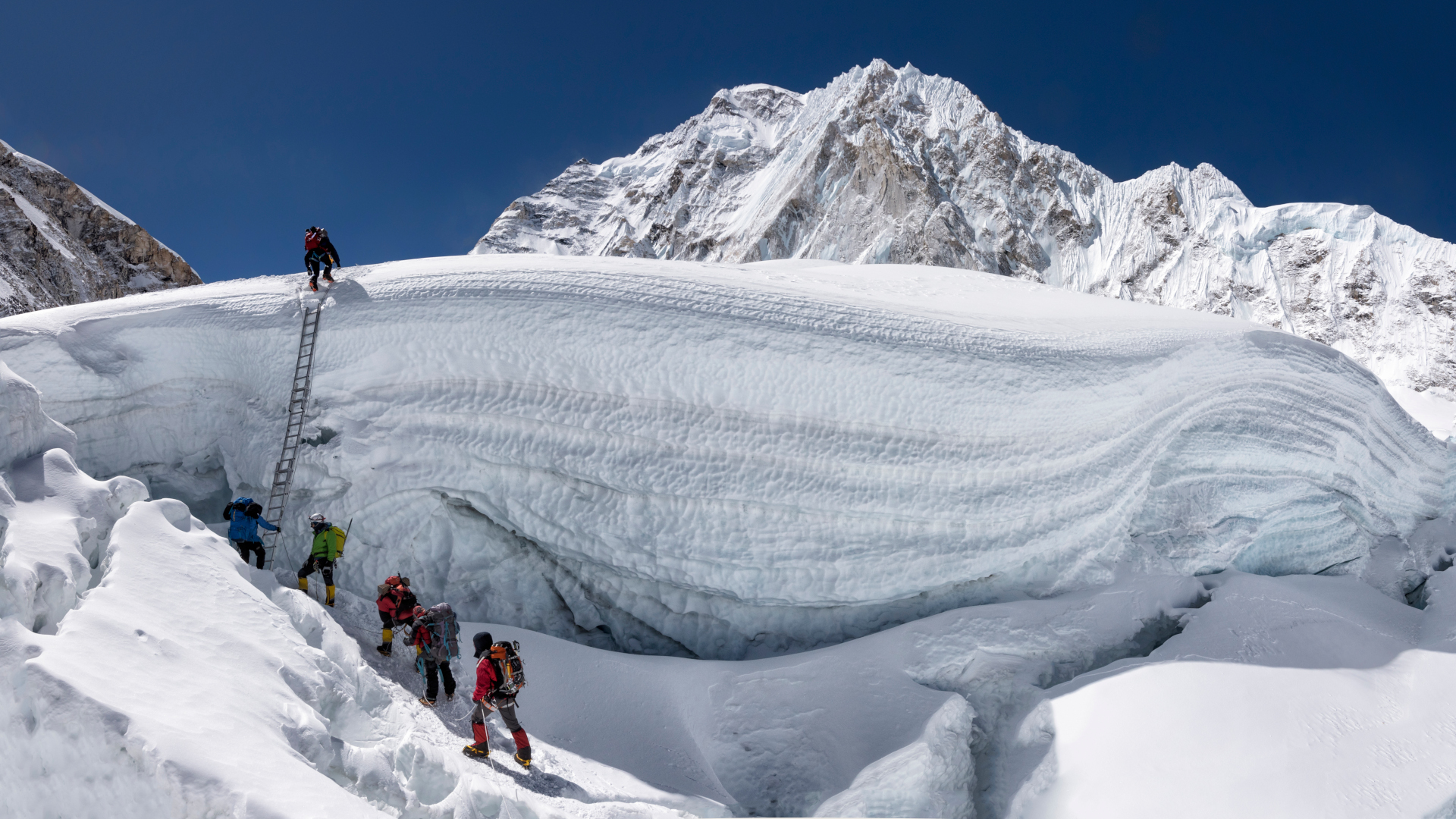Who was George Mallory? Meet the trailblazing climber who mapped out Everest
Who was George Mallory? We take a look at the life, mysterious death and enduring legacy of the British explorer, mountaineer and pioneer on Everest

Who was George Mallory? Summiting Mount Everest has become synonymous with the names Edmund Hillary and Tenzing Norgay, the first two known climbers to reach the top of the world in 1953, but their success was built on the efforts of many other climbers that came before them. Not least among them was George Mallory.
Mallory was a British explorer and mountaineer who undertook three expeditions on Everest in the early 1920s. His work there paved the way for future climbers to conquer this ultimate test in mountaineering, while his death was one of the most captivating mysteries of the 20th century. In this article, we take a look at the life, mysterious death and enduring legacy of this trailblazing figure in climbing.
A mountaineer is born
Mallory's introduction to climbing came in early in life. He was born in 1886 in the village of Mobberly in Cheshire, England. His elite status as one of a long line of clergymen earned him a spot at Winchester College, one of England’s oldest private boarding schools. During his time there, one of his teachers recruited him to join a trip to the Alps, where he got his first taste of climbing – an experience that would shape the rest of his life.
Mallory studied history at Cambridge University and went on to become a teacher at Charterhouse School, a prestigious boarding school in Surrey. Among his students there was the poet Robert Graves, who later reminisced about him in his autobiography: "He was wasted at Charterhouse. He tried to treat his class in a friendly way, which puzzled and offended them.”
During this time, Mallory continued to hone his climbing skills, making notable ascents of Pillar Rock in the Lake District, and Mont Blanc in the Alps, however everything came to a halt in 1915 when he was deployed to France to serve as a second lieutenant in the First World War. After the war, he returned briefly to Charterhouse only to resign in 1921 to follow his true calling and join the first British expedition of Everest.

First ascent
On May 18, 1921, a team that included mountaineers, naturalists, doctors, geologists and sherpas set off from Darjeeling for the 300-mile trek to Everest. The expedition was to be a reconnaissance mission approaching from Tibet, as Nepal was closed to foreigners, and the goals were to explore different approaches and routes, and possibly summit. Though Mallory had no experience in the Himalayas, he effectively became the lead climber due to his superior skill. The group made it to the North Col before being turned back, but the expedition bore some of the first maps of the region.
Upon his return, Mallory wrote in The First High Climb for Geographical Journal: “When first the prospect of going to Mount Everest opened for me I used to visualize the expedition in my thoughts as a series of tremendous panting efforts up the final slopes. Later it became a symbol of adventure; I imagined, not so much doing anything of my own will, but rather being led by stupendous circumstances into strange and wonderful situations.”
Advnture Newsletter
All the latest inspiration, tips and guides to help you plan your next Advnture!
A disastrous second climb
The following year, Mallory made a second expedition, this time with an eye toward reaching the summit. Forgoing bottled oxygen, which was unpopular amongst mountaineers of the time, he and his group made it almost to the crest of the North-East Ridge at a record breaking 26,980 feet of elevation before being thwarted by conditions. A second attempt was made days later, during which an avalanche claimed seven of their porters.
Of this second endeavour, Mallory’s 1922 essay had changed in tone: “Now it has become a problem; with no less interest, and even excitement, the Expedition brings to my mind’s eye a view of the long mountain slopes set at intervals with groups of little tents, with loads of stores and sleeping-sacks, and with men. My object at present is to state this problem — partly because without it the story of our attempts cannot well be understood, and partly because the problem is still with us.”
Lost on Everest
In June of 1924, at the age of 37, Mallory set off on what would be his final climb. He and mountaineer Andrew Irvine, using bottled oxygen this time, were climbing quickly. They set off from camp 6 on June 8 and were last sighted around the First Step. A member of the expedition witnessed them disappear into a cloud, and the pair were never seen alive again. The only clue was an ice axe, found just below the First Step, thought to belong to Irvine.
Despite several recovery expeditions and possible sightings, Mallory’s body would not be recovered for 75 years, while Irvine’s has never been found. In 1999, an expedition was organized by mountaineer Eric Simonson and during it, mountaineer Conrad Anker discovered the frozen and well-preserved body of Mallory below where his axe had been found decades prior. The body was easily identified by name tags on the clothes as well as personal effects such as a letter and knife, however the camera that many had hoped to find containing images of the pair’s journey remains missing to this day. Mallory’s body was buried on the North Face where it was discovered.

An enduring legacy
Mallory died without seeing the summit of Everest, or knowing that it would be reached by others, but his work was not in vain. His expeditions produced the first accurate maps of the area that would guide those that followed his dreams, while the discovery of the East Rongbuk Glacier established the route to the summit that is now used by nearly all climbers approaching from Tibet. In 1999, Sir Edmund Hillary told the Guardian that Mallory “was really the initial pioneer of the whole idea of climbing Mount Everest.”
Mallory's grandson, also named George, reached the summit of Everest in 1995 with six other climbers. He left a picture of his grandparents at the summit.
Julia Clarke is a staff writer for Advnture.com and the author of the book Restorative Yoga for Beginners. She loves to explore mountains on foot, bike, skis and belay and then recover on the the yoga mat. Julia graduated with a degree in journalism in 2004 and spent eight years working as a radio presenter in Kansas City, Vermont, Boston and New York City before discovering the joys of the Rocky Mountains. She then detoured west to Colorado and enjoyed 11 years teaching yoga in Vail before returning to her hometown of Glasgow, Scotland in 2020 to focus on family and writing.

